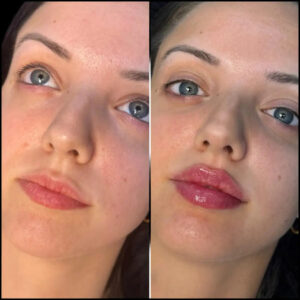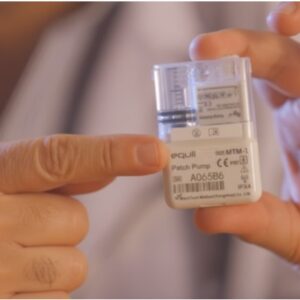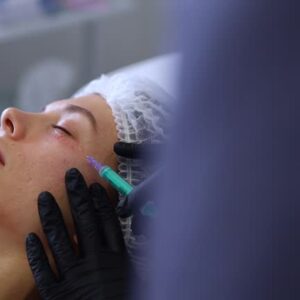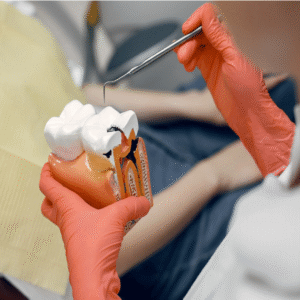Wounds are an unfortunate part of life—whether from accidents, surgery, or chronic conditions, they require timely care to prevent complications. One of the most practical solutions today is wound care at home. But when exactly is this service not just helpful, but essential? Understanding the critical times when wound dressing at home is most needed can make a difference in the speed of recovery and the prevention of infection. Many individuals and families have come to realize the benefits of Wound Dressing at home in Dubai, especially during specific medical or situational needs.

After Surgery Recovery
Post-surgical wounds need to be carefully monitored and regularly cleaned to avoid infection. For patients recovering from procedures who are not fully mobile, going to a clinic or hospital daily for dressing changes can be uncomfortable and impractical. In such cases, home wound dressing becomes not just convenient, but necessary. It allows patients to recover in a comfortable and sterile home environment, reducing the stress of traveling and limiting exposure to external bacteria or infections.
Elderly or Limited Mobility Patients
Older adults or individuals with mobility limitations often face difficulty in attending regular wound care appointments. Whether due to age-related conditions like arthritis or degenerative diseases, these individuals benefit greatly from professional wound care delivered right to their homes. It ensures that wounds are treated promptly, monitored continuously, and managed with care, all without the physical strain of leaving home.
Chronic Wounds and Long-Term Conditions
People suffering from chronic wounds, such as diabetic ulcers, pressure sores, or venous leg ulcers, require long-term wound management. These types of wounds need consistent attention over weeks or even months, making daily clinic visits impractical. In these scenarios, wound dressing at home becomes a sustainable and effective solution. Regular care at home can prevent the wounds from worsening and significantly speed up the healing process by providing consistent monitoring and adjustments to the care plan as needed.
Pediatric Wound Care
Children who have experienced injuries or undergone surgeries may find wound dressing in medical environments distressing. The unfamiliar sounds, smells, and surroundings of clinics can make them anxious, which in turn can make wound care more challenging. Having their wounds dressed at home, in the comfort of a familiar environment, makes the process smoother and emotionally easier for both the child and their family. Trained caregivers can ensure the wound is properly cleaned and dressed without the need for emotional or physical strain.
Reduced Risk of Infection
Hospitals and clinics, while highly sanitized, are still public environments where patients can be exposed to various infections, including those resistant to antibiotics. At-home wound dressing significantly reduces this risk by limiting exposure to communal surfaces and airborne pathogens. When dressing is done in a controlled home environment, it minimizes the potential for secondary infections, particularly in individuals with weakened immune systems or underlying health conditions.
Infection Control and Immune-Compromised Patients
Patients with weakened immune systems—whether from medical treatments, chronic illness, or immune disorders—are more susceptible to infections. For them, exposure to hospitals or clinics where various pathogens are present can be risky. Wound dressing at home minimizes their exposure and offers a safer alternative. Personalized care, with a focus on hygiene and infection control, can be easily maintained in a home setting, protecting patients while promoting healing.
Emergency Situations and Travel Limitations
Unexpected events like lockdowns, roadblocks, or travel restrictions may prevent patients from visiting healthcare facilities. During such times, wound dressing at home becomes more than just a convenience—it becomes a necessity. Similarly, for individuals living in remote or rural parts of Dubai where access to medical facilities might be limited, in-home wound care can fill the gap effectively.

Mental Health and Comfort Considerations
Healing is not only a physical process but also an emotional and psychological one. For patients who suffer from anxiety, depression, or trauma, the thought of visiting a hospital or clinic may deter them from seeking timely wound care. In such cases, offering care in a peaceful, known environment promotes both mental well-being and physical recovery. Patients are more likely to follow through with their care regimen when it is brought to their doorstep.
Postpartum Recovery and Women’s Health
New mothers recovering from C-sections or childbirth-related injuries often benefit from home-based medical services. Traveling with a new born is not easy, especially when the mother is still in recovery. In these sensitive moments, professional wound dressing at home becomes a vital service that supports both mother and baby, reducing stress and allowing proper healing without interruption.
Conclusion
In many medical and personal situations, wound dressing at home isn’t just a matter of ease—it’s a matter of necessity. Whether it’s the elderly, immune-compromised patients, children, or individuals recovering from surgery or dealing with chronic conditions, receiving care at home ensures consistency, safety, and comfort. It empowers patients to take control of their healing in a supportive environment. The increasing demand for Wound Dressing at home Dubai reflects this shift towards smarter, patient-centered healing approaches—ones that prioritize not just the wound, but the person behind it.






